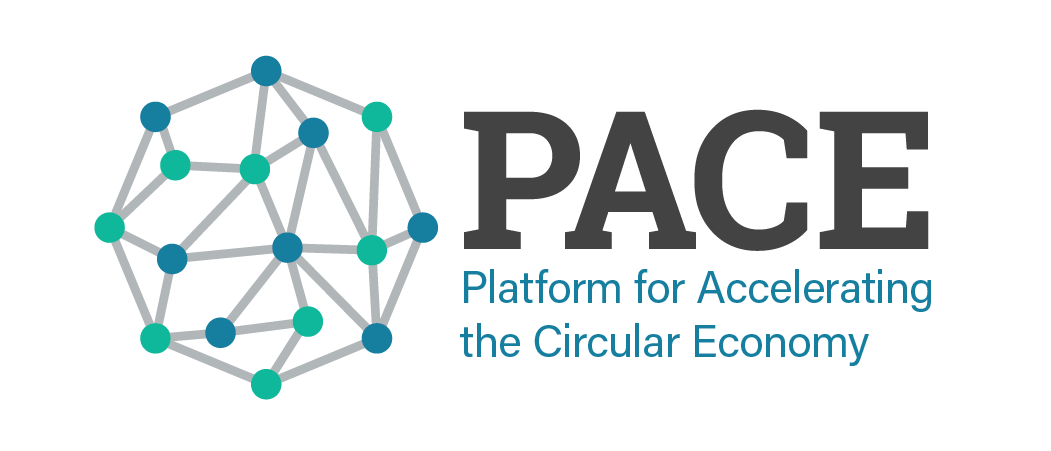Technologies for Upcycling Cotton and Cellulosic Waste
This Action aligns to the following Calls to Action from the Circular Economy Action Agenda for Textiles
8. Make the recycled fibers market competitive
6. Strategically plan collection, sorting, and recycling operations
Ambition
To address the textile waste challenges, Lenzing Group is working on technologies that allow to upcycle cotton waste and post-consumer cellulosic waste. Specifically, the REFIBRA™ technology allows Lenzing to utilize both pre-consumer waste (e.g., cotton scraps from production of cotton textiles) and post-consumer waste (e.g., used textiles) as raw materials. Moreover, to increase the upcycling scale, Lenzing as a leading global supplier of wood-based specialty fibers is collaborating with Södra, a world-class pulp producer in developing technologies for an industrial-scale use of post-consumer cellulosic waste. Together, they developed pulp OnceMore® which will subsequently be used as a raw material for the production of Lenzing’s TENCEL™ x REFIBRA™ branded specialty fibers.
Objectives
To support the upcycling activities, the first objective is to enhance the collection and sorting of cotton-scraps and used textiles. The next objective is to enhance the production technologies for pulp from the aforementioned materials, as well as increasing the growth share of TENCEL™ X REFIBRA™ used in textiles. These objectives will further support one of Lenzing’s sustainable innovations targets: all fibers with recycled content offered by Lenzing contain a share of post-consumer waste by 2022. Lastly, during 2022, a new investment will ten-fold the production capacity of OnceMore® pulp and reach a higher level of recycled textile content. The goal is to process 25,000 tons of textile waste per year by 2025 and offer a OnceMore® pulp based on wood material and 50 percent recycled textile material.
Partners
Lenzing Group, Södra

